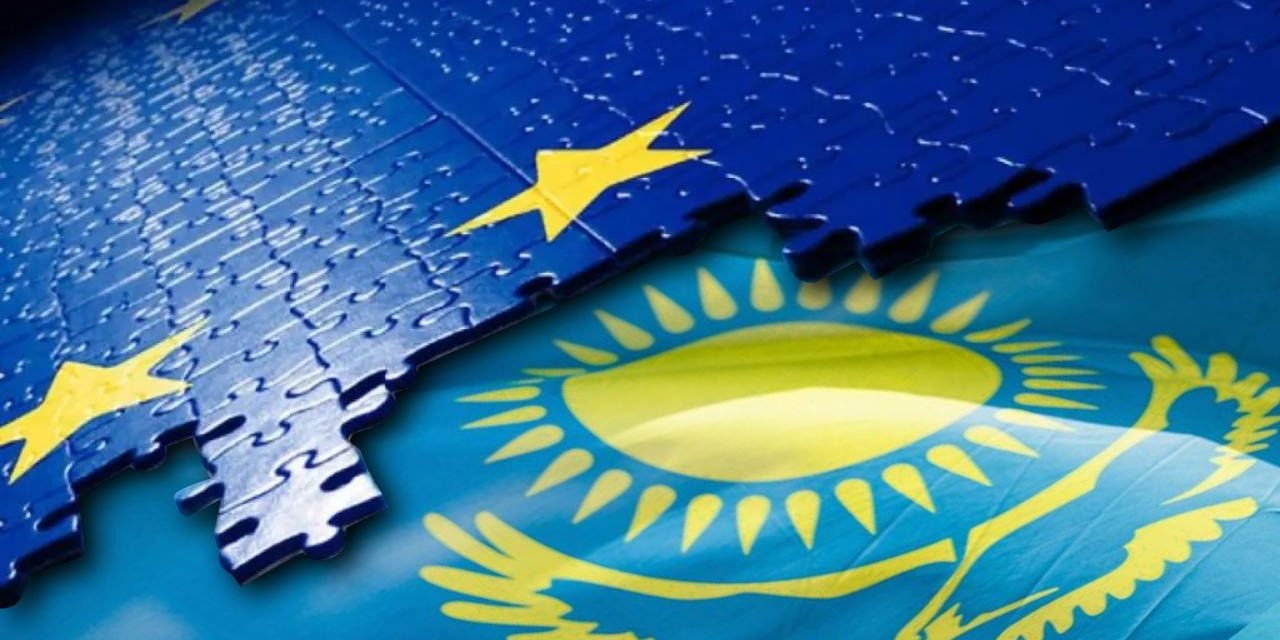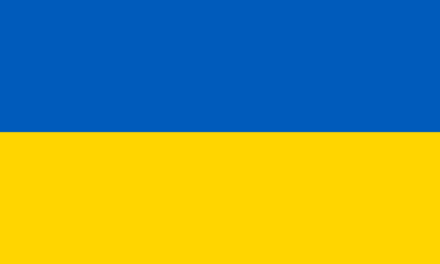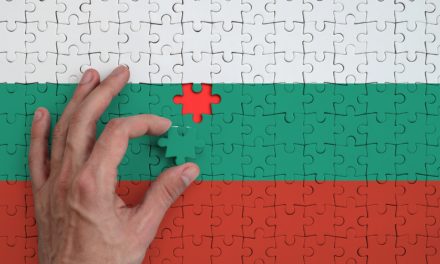On 2 June, the five countries of Central Asia – Kazakhstan, Kyrgyzstan, Uzbekistan, Tajikistan and Turkmenistan – and the European Union held their second cooperation summit. Although the summit went relatively unnoticed by the media, it provided an opportunity to discuss issues relating to their economic and security partnership.
On the shores of Lake Issyk-Kul in Kyrgyzstan, the setting of the seaside resort of Cholpon-Ata was ideal for relaxation and in-depth discussions. For this 2nd European Union-Central Asia summit, Council of Europe President Charles Michel led the delegation from the Old Continent over 6,000km from Brussels. For the five host presidents – Kassym-Jomart Tokayev (Kazakhstan), Sadyr Japarov (Kyrgyzstan), Shavkat Mirziyoyev (Uzbekistan), Emomali Rahmon (Tajikistan) and Serdar Berdimuhamedow (Turkmenistan) – this summit meeting marked a new diplomatic success, following on from the first summit organised in Astana, the capital of Kazakhstan, in 2022.
Central Asia, central in more ways than one
Both sides have the same agenda: to institutionalise their political relations, promote trade and economic partnerships, and ensure the security and stability of the countries of Central Asia. On the “institutionalisation” front, one thematic summit follows another. Earlier in the spring, the European Union and the five countries concerned had already met at the 2nd EU-Central Asia Economic Forum in Almaty (18-19 May) in Kazakhstan, at the Civil Society Forum in Tashkent (10 March) in Uzbekistan, not forgetting the bilateral meeting devoted to water resources and the environment in Rome (23-24 February)… The number of meetings is increasing, given the obvious common interests.
The European Union recognises the strategic importance of the Central Asian region as a link between the vast Asian continent and Europe,” states the EU on its website. In 2019, the EU has updated its strategy for Central Asia to focus on resilience (including human rights, border security and the environment), prosperity (and connectivity in particular) and regional cooperation. The European Parliament strongly supports democracy and the rule of law through concrete initiatives, such as democratisation in Central Asia. The Taliban takeover of Afghanistan in August 2021 has highlighted the crucial role of Central Asia in security and stability. For Brussels, this strategy of rapprochement with these – relatively distant – countries is based on two imperatives: the stability and development of this region, which presents both geostrategic risks and investment opportunities.
As far as regional security is concerned, Afghanistan (which shares borders with Uzbekistan, Tajikistan and Turkmenistan) has obviously monopolised discussions at the new summit in Cholpon-Ata, with the diplomacy of these three countries not necessarily aligned on the issue of dialogue – or not – with the Taliban. Against this backdrop, the Europeans are banking on Kazakh diplomacy, which has shown real maturity over the last fifteen years. Kazakhstan’s chairmanship of the Organisation for Security and Cooperation in Europe (OSCE), which led to the commemorative Astana Declaration on Security, is a case in point. Since the presidency of Nursultan Nazarbayev (1990-2019), Kazakhstan has made “Eurasianism” the pillar of its foreign policy: “Kazakhstan is a unique state in Asia in which European and Asian roots are intertwined. (…) The combination of different cultures and traditions allows us to absorb the best of European and Asian cultures”, the former President explained in one of his books. And it is this central position that attracts Europeans.
Developing and diversifying Central Asia’s assets
In addition to geostrategic factors, the economic and energy parameters are salient in relations between the 27 and the countries of Central Asia. At this 2nd summit, the leaders renewed the promises made at the EU-Central Asia conference on connectivity, held in Samarkand in November 2022 and entitled Global Gateway. The common objective of this European diplomatic offensive, aimed at responding to China’s new Silk Roads, is to intensify partnerships in strategic sectors such as energy security, digitalisation of the economy and transport, all against a backdrop of the fight against global warming. “We are continuing to show our partners in Central Asia the importance we attach to their region, which is currently squeezed between China and Russia, and which needs to open up new horizons”, emphasised the Élysée on the sidelines of the Kazakh president’s visit to Paris last November.
If France and Europe “attach importance” to the countries of Central Asia, it is not by chance. These countries have a lot to offer and do not intend to be totally dependent on their main neighbours – Russia, China, Iran and Turkey. With GDP growth rates fluctuating between +4% and +9%, they are developing their own internal strategy. A stable Central Asia is becoming one of the major centres of economic growth,” notes Anvar Nasirov, Director of the International Institute for Central Asia. According to a number of experts, the total GDP of the countries in the region has risen by 25% over the last four years to more than 300 billion dollars. Cooperative links are being strengthened, and joint investment companies and other financial instruments for implementing major projects have been created”. One of these major joint projects between Kyrgyzstan, Uzbekistan and Tajikistan is the construction of mega-hydroelectric power stations on the Zarafshan and Naryn rivers. Kyrgyzstan and Tajikistan are determined to diversify their energy supplies, so that they are not solely dependent on hydrocarbon resources.
On the international stage, the countries of Central Asia can also count on Kazakhstan – a country almost 5 times the size of France – to act as a driving force on a number of levels. Its neutral political stance towards Russia’s war in Ukraine, for example, has enabled it to send humanitarian aid to Kiev without incurring the wrath of Moscow. The government of President Kassym-Jomart Tokayev also pursues a pragmatic and cautious policy on nuclear proliferation: Kazakhstan, whose territory was used for nuclear tests by the USSR, has since renounced the use of atomic weapons. “When you work on the impact of nuclear programmes, you think you understand the scale of it, but nothing prepares you when you actually see the land that suffered from the tests and the people who suffered,” explains Togzhan Kassenova, author of the book Atomic Steppe: How Kazakhstan Gave Up the Bomb. It’s only a short step from Kazakhstan becoming the Switzerland of Central Asia.
The next meeting will be in Uzbekistan in 2024, at the invitation of President Shavkat Mirziyoyev. In the meantime, participants at the June summit in Cholpon-Ata tasked Josep Borrell, the European Union’s High Representative for Foreign Affairs and Security Policy, with formalising the joint roadmap designed to deepen relations between the EU and the five Central Asian countries, going beyond security and economic considerations. In future, the links between the two regions will have to extend to culture, higher education and tourism. Central Asia could well become a new Eldorado for the Old Continent.






